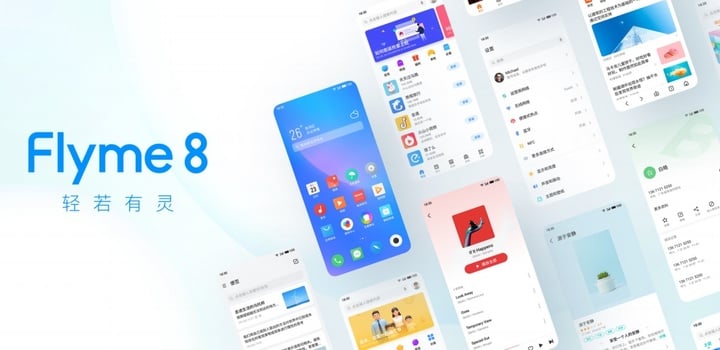When I arrived at the Meizu Building in Zhuhai, it was the lunch break of the Flyme team. The Meizu office, which was lit up by the curtains, was deep and quiet. After half an hour, after the time of the interview with the Meizu Flyme leader, I went from the lounge to the office and just passed the Flyme staff’s office. At this time, it is another kind of scene: the office area after the curtains are turned on to turn on the lights is bright and orderly, and the screens and icons are flashing on the screens of the rows and turns. This is like a typical young Internet company atmosphere.
This strong contrast between light and dark, like Flyme’s night mode and daytime mode, is a bit like the current perception of Meizu, and the actual situation of Meizu today.
Keep Calm and Carry On.
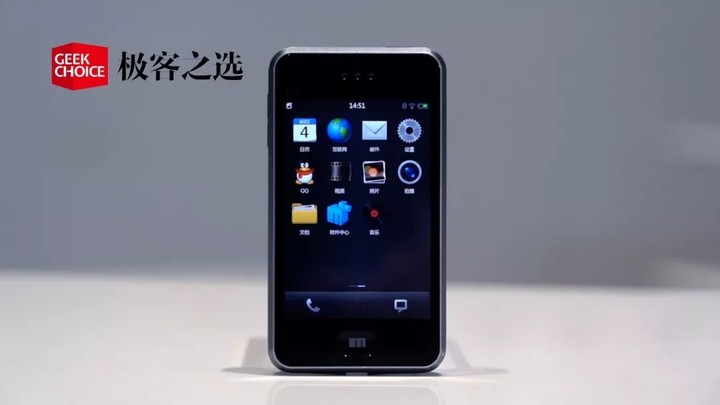
▲ Meizu M8, the picture is from the geek choice
The man who came to Meizu from the M8 era
The details are full of Meizu old people. He is still a lot of programmers, and he is full of face. At the time, he broke the news that he will be the person in charge of Flyme. Some people even questioned whether he was too young.
In fact, Zhouzuo is an uncompromising old employee in Meizu. He once participated in the research and development of Meizu’s first smartphone M8. At that time, the mobile Internet was not mature. The speed of the Internet was slow and the traffic was expensive. Both the music and the video had to be downloaded and stored locally. The work at that time was responsible for the local file playback of the mobile phone, including the classic vinyl record. Music icon.
In the recent period of time, Meizu is in a state of alternating old and new, but for Flyme, Zhou is obviously a suitable new general manager, not only because of his working years, but also because he is in Flyme. Work experience: from the client development, to the technical director, followed by the system development general manager, transformed the content product in 17 years, and then started the overall management of Flyme last year.
It’s different from the sudden airborne or other department transfer. Most of the careers so far have been related to Flyme. He is familiar with people and things here.
Use thoughtful wordsIn fact, my work at Flyme is “one step at a time.”
But from being responsible for one aspect of Flyme, to becoming the general manager of Flyme, Zhou is also feeling the pressure while changing roles.
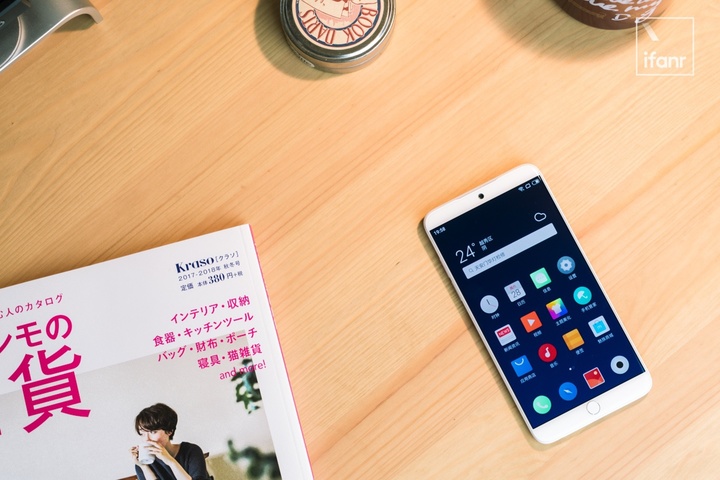
▲ Meizu 15 with Flyme 7
Weekly said:
We have done a lot of work all the way. It can be said that the influence of the industry, the reputation of users, including the evaluation of media friends are still good. The height accumulated in the past, including the current number of users, can be said that every move, small changes will affect a lot of people. From the word of mouth, it can be said that Flyme’s work is not to retreat, from the user’s volume, Flyme needs to be bold and innovative, and be cautious.
Flyme is already thinking about far-reaching propositions when many of the domestic Android custom systems are still reintermediating for interaction or aesthetics.
But whether it’s pressure or power, there are a few key points about Flyme in the eyes that don’t change: extreme, elegant, and tangible for the charm of friends.
But the specific implementation, especially to meet the needs of Meizu users’ expectations, in the inheritance of Flyme’s past advantages, but also to continue to carry forward the requirements, Flyme 8 is not a small challenge.
Not only has Flyme accumulated a certain height, but on the smartphone operating system, whether it is Android or iOS, the version update is not as strong as it used to be. It can be said that although it says “No, then it’s back,” It is not easy to go further now.
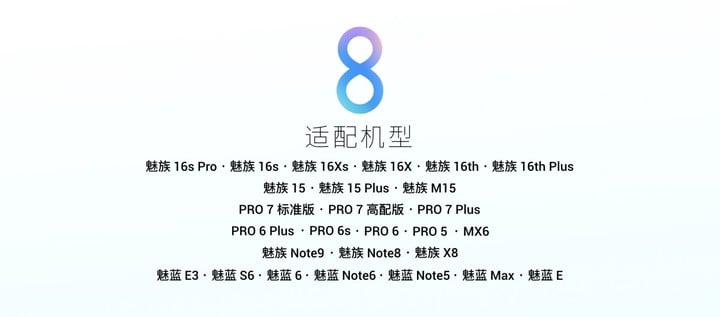
In the eyes of the public, today’s smartphone system is still being improved. The current maturity does not mean the ultimate and the end point. There are still many innovations:
Flyme has been groping and innovating in terms of ease of use and efficiency. Of course, not every one is very successful. For example, there is a face backtracking function on Flyme 7, and the response at the press conference is quite good, but actually Because of the narrow scene, there are not so many people. However, this also allows the Flyme team to gradually understand the real needs of users, so there is a development of star products such as this small window mode 2.0, game mode 4.0, this Flyme 8 including the future will use this progressive Innovation is moving forward.
For Meizu old users, the good news is that Flyme 8 has a lot of support models, a total of nearly 30 models, the oldest can be traced back to PRO 5 released four years ago.
We have an advanced design inside and will release it at the right time
In the design of this Flyme 8, the design style of “going to the line” is more prominent.
Keep an eye on Android system design and development. You may find that “going to the line” is a sign of design trends. Can you explain that Flyme 8 is adapting to the overall design trend this time?
Two Flyme designers interviewed with Zhou said that this is not the case:
The reason why I can’t say that I am going to cater to the trend is because the screen can see more now. At this time, we want to remove some disturbing things. By adjusting the spacing, set the blank and make the content more focused. In fact, when we were in Flyme 6, we proposed a concept called content design. When Flyme 7 became a design method, it was more unified when it came to Flyme 8, and it was used in more and more places. It is a process of slow transition.
We will do some advanced design in the interior, and will only come up when it is better combined with the experience. What we finally see to the user is actually to modify the iterative version.
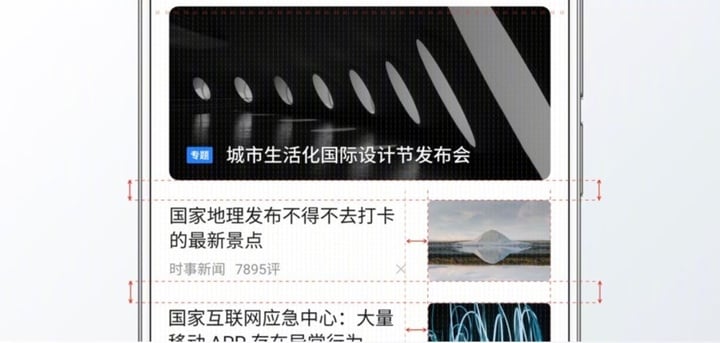
We think that this is another feature of Flyme’s design. The style between the version and the version is a gradual improvement, instead of suddenly making a subversive change on a certain version. Some friends have a system. When doing some subversive design on a large version, it may be that you have realized the necessity of design and aesthetics and put it into action. This is a very good thing.
But on the Flyme side, there are more ideas in mind:
With regard to design and experience, we have a broader range of thinking, not limited to flat, static, and not limited to color, typography, and fonts.
From the “simple” proposed by Flyme 1 to the “silence” of Flyme 2, Flyme 3 changed from the imitation to the “flat”…Flyme 7 was perfected in “details” to simplify and overall Sex is the basis for consideration and continues to the current Flyme 8.
So, smoothly, there is a new keyword for Flyme 8 design: Smart. This is the Alive Design that Meizu said at the press conference. It is described as “light and spiritual” in Chinese.
Under this design concept, Flyme 8 has done a lot of work to get rid of the cold feeling, whether it is the new acyy voice assistant or the smart wallpaper, which is to highlight in various visual and interactive levels. The sense of life makes the user feel that the system has a soul.
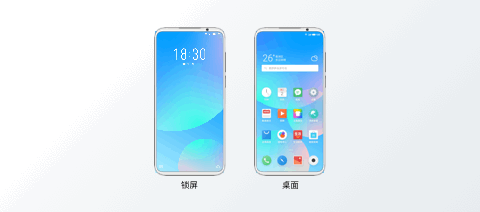
Take Smart Wallpaper as an example. From the screen to the lock screen, from the lock screen to the desktop, the animation effects of each finger operation are coherent and smart.
So, the team and the team are seeing Flyme 8, and then looking back, you can clearly see the development and progress. This also echoes what he said before, even if the road ahead is not open, but the work is not to enter and then retreat. There is a saying in “A Generation of Masters” that “I would rather think about it, and I will stop thinking about it.” Zhou also expressed a similar idea:
We won’t be satisfied with the current 90 points, we will always pursue that 100 points.
For the Flyme team, absorption, precipitation and evolution have become an instinct. The night mode is a feature that Flyme has tried earlier, and this is followed by a major version update with Night mode 2.0.
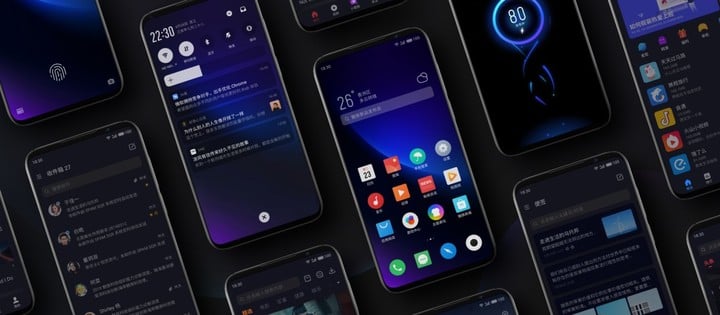
Unlike the simple dark mode, Meizu Flyme does more low-level work in night mode. For example, the color conversion system is self-developed and can be better adapted to third-party applications. This time they further optimized the algorithm to make the colors in night mode 2.0 deeper and quieter. Night mode is not only adapted to third-party applications, but now even user-defined wallpapers, can also be converted by a key is not obvious.
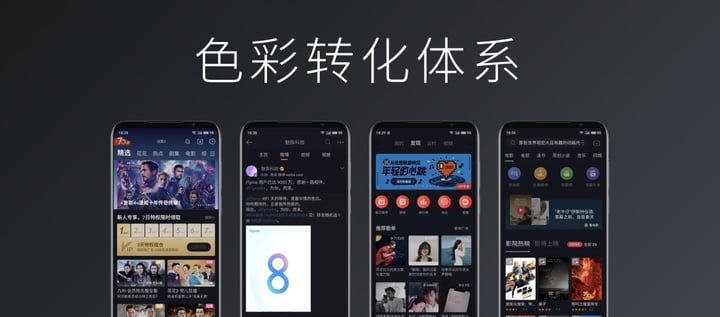
Weekly said that the algorithm self-study and various adaptation work is difficult and cumbersome, but the team still put a lot of energy here. Earlier, he said that the Flyme team has a broader range of thinking about the design experience. It is not limited to flat stills, nor is it limited to color typography. Here, in order to fit the night mode 2.0, the team and the team also considered the experience outside the visual. In night mode, the system sound is also farther and quieter.
Break the phone single task limitation
When doing Meizu 15 this mobile phone evaluation, I specifically mentioned the soft and hard combination experience under Flyme 7:
(Flyme 7) The most touching thing is that the edge of the finger touch screen slides down, you can quickly find the application according to the letter, with the clear and paragraph-like vibration of Meizu 15, every time you slide a letter, You can get clear feedback, which is the typical application scenario of hardware and software combination.

▲Fast search function added when Flyme 7
Since the development of smart phones, the coordination of elegant static perception has been the basic of the basics, and the pursuit is to make the animation more smooth and dynamic, and further need to work on other sensory experiences.
The sense of hearing and touch that has been said before has become a new breakthrough in optimizing the experience, but there are other ideas in the week:
In our understanding, whether it is sound or shock, it is a basic experience that is taken for granted. We found that many users would turn off the vibration when using the old mobile phone. This is because many mobile phones did not do the vibration well before, and the user could not feel the real and effective interactive feedback.
Since Meizu 15 and Flyme 7, the linear motor on the hardware and the mEngine on the system match each other, making the Meizu high-end machine’s shock experience at the forefront of the Android camp. This time on the Flyme 8, mEngine has also been further enhanced to allow the dynamic rhythm, sound waveform and motor vibration to work together to make the interactive feedback more coordinated.
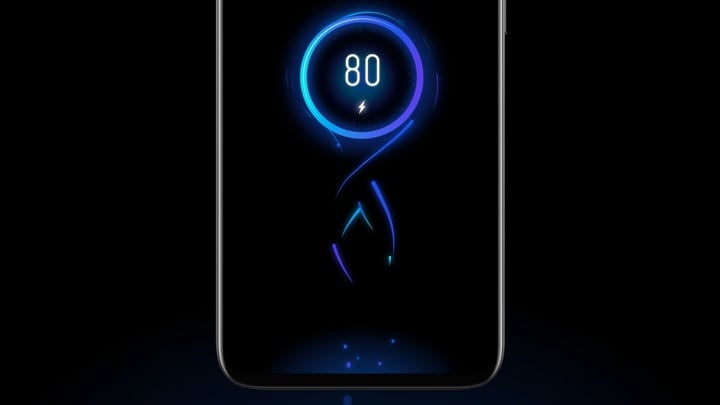
For example, Meizu is a mobile phone that does charging animation earlier.Vendor, this time on the Flyme 8, when the user plugs in the charging interface, the animation, sound effects and shock will respond in unison, giving the user clear and three-dimensional feedback.
We hope that after experiencing the sensation of Meizu mobile phone, users will not be able to experience the past.
Either from the mBack interaction in the Entity Home key era, or earlier SmartBar, Meizu Flyme never lacks new ideas in interaction.
For example, in the previous two generations, Meizu realized the virtual mBack interaction of the real pressing feel in the full screen era with the motor shock, and launched the small window mode and game mode for the needs of the immersive experience such as games. On the Flyme 8, a small window mode 2.0 was introduced.
It can be said that the smartphone’s current “single-task” presentation mode is quite inefficient when the screen of the mobile phone is getting bigger and bigger, the content is more and more, and the user is using longer. Of course, many mobile phone manufacturers have tried to apply split screen and other functions before, but the user frequency is not high. If you want higher efficiency, you have to break more rules and regulations, and say:
Notification must be in the notification bar only?
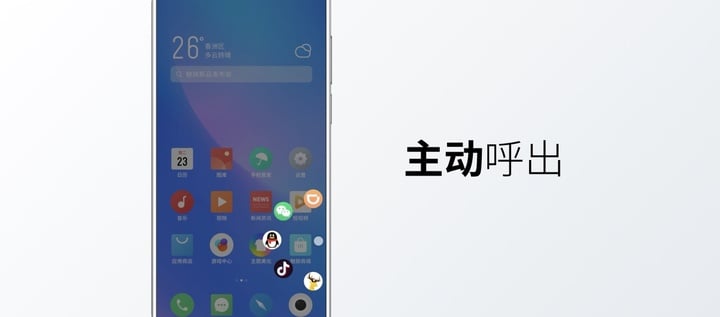
Before Flyme has a barrage notification in game mode, this time put the notification againUnder the small window. In the small window mode 2.0, the small window can be opened and opened under any interface, or the full screen can be switched with one button.
In order to solve the tedious and repetitive interaction in the multi-person information reply process, in the small window mode 2.0, Meizu designed the bubble notification, and can quickly switch the conversation window by clicking the bubble at the bottom of the small window. At the same time, the small windows can also be opened in parallel. For example, when reading the public number, the small window mode can also be used without interfering with the original interface.
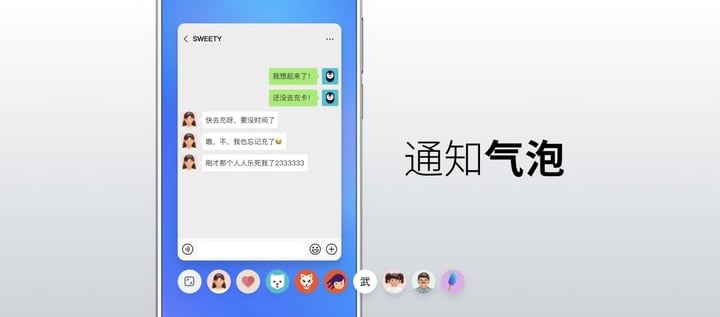
This seems to be based on Android, but explained in detail that the small window mode is broken, but it still conforms to the logic of Android window management and notification management. There are also deeper and deeper reflections on this kind of norm and breaking:
We really broke the limitation of the smartphone single-task mode. We are also thinking about it. Now the screen space of the full-screen mobile phone is much richer than before. The small window mode comes out at this time, and the user accepts it. Up, and efficiency gains are obvious.
In fact, it is not only the screen, but also the hardware performance. The iteration of the smartphone on the hardware is not only a requirement for the innovation of the software system, but also profoundly affects the thinking mode of the system development.
Working in Meizu for 12 years, I think that the previous mobile phone is a resource-constrained device, the goal of system development.
